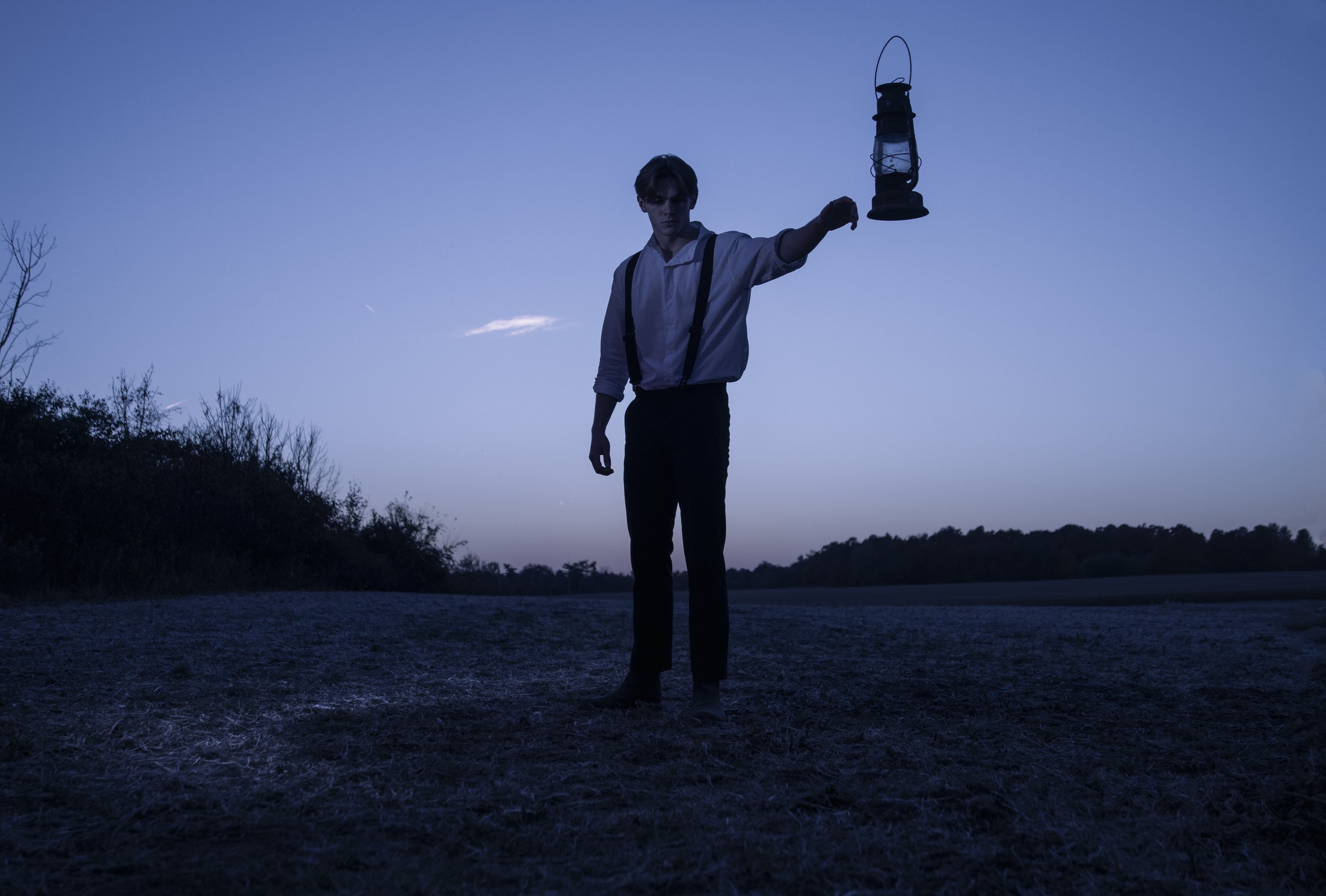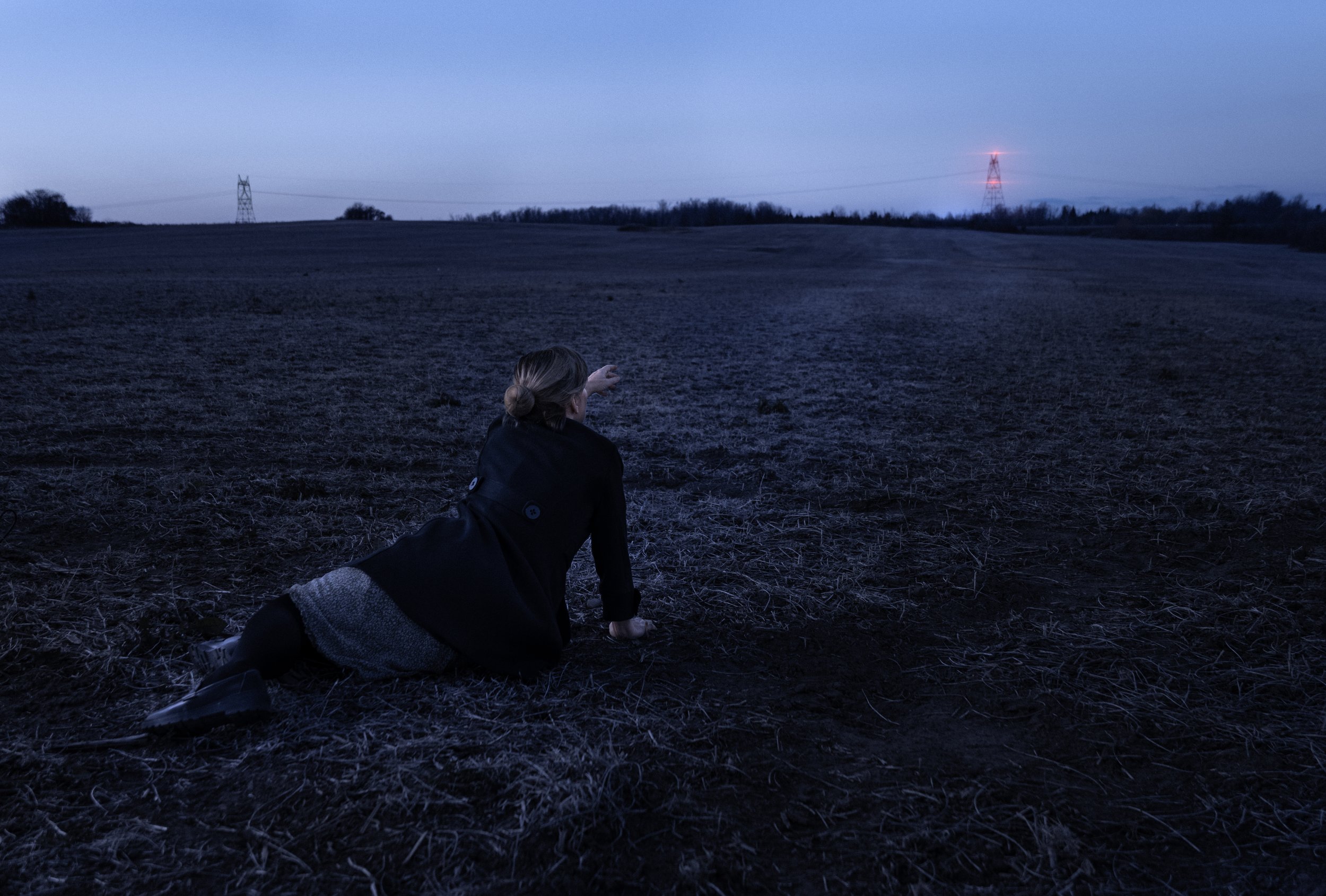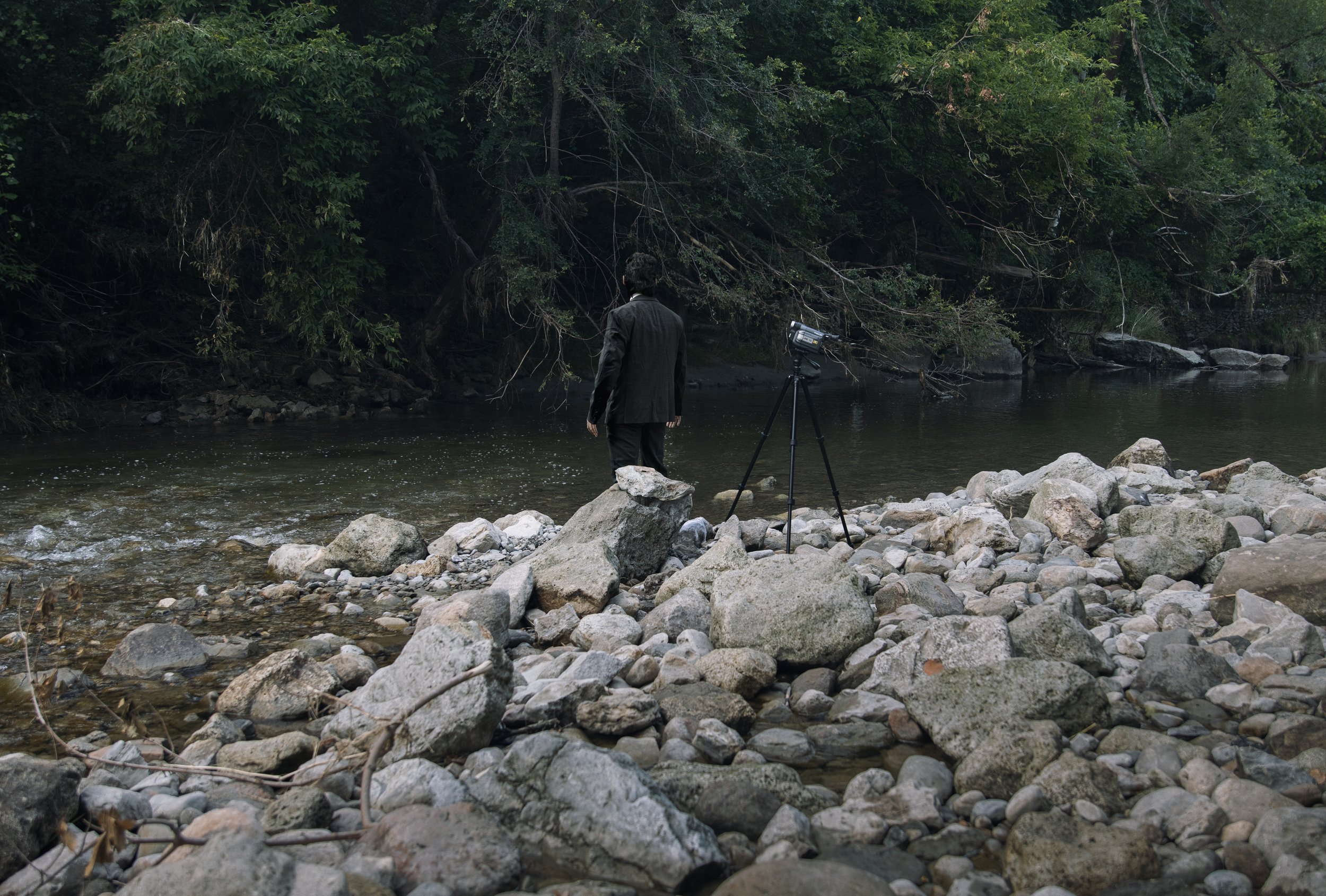Over the past few years photography’s relationship to the truth has been a conscious concern of mine. Historically, the medium has been regarded for its ability to accurately depict reality and the photographic object as a form of proof or evidence. The photograph is no longer an object, rather a file and its ubiquity and accessibility across screens has begun to muddy the waters.
A prevalent concern has spread that the immensity of digital image production and distribution is being curated no longer by humans but by machines and systems that can easily be manipulated; however, these claims often miss the larger issue. The melding of text, image, and authority has always been a recipe for the spread of misinformation and the existence of screen-based images has only contributed to its pervasiveness.




Pictures for Screens (2024) examines these ideas through a text and image based narrative following the the fictional recovered archive of the lost film Breath of Smoke. The film’s plot–based on my own ancestral history–begins as a historical retelling of a family of four’s journey across Canada before unraveling significantly, becoming a surreal version of reality as anomalous elements invade the recovered production stills on display.


